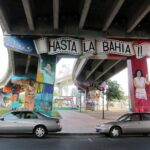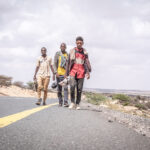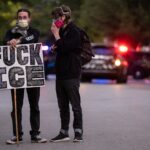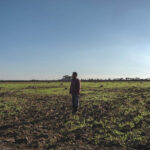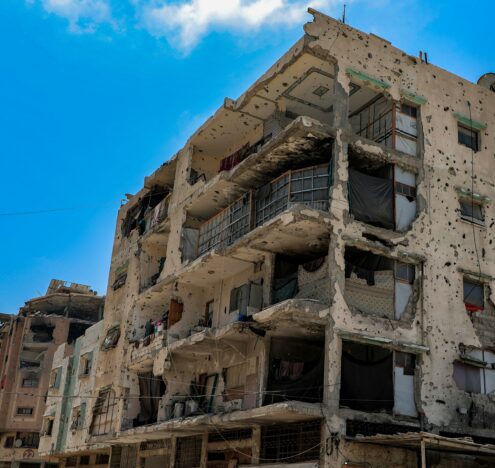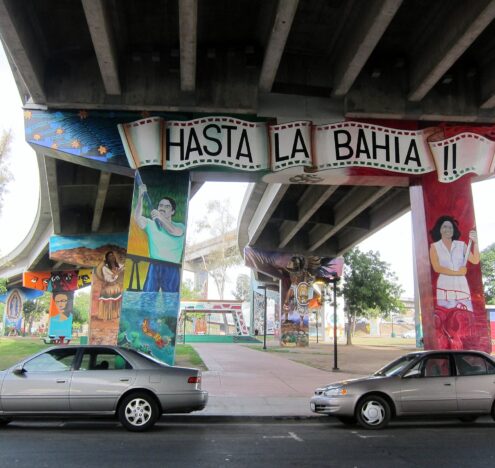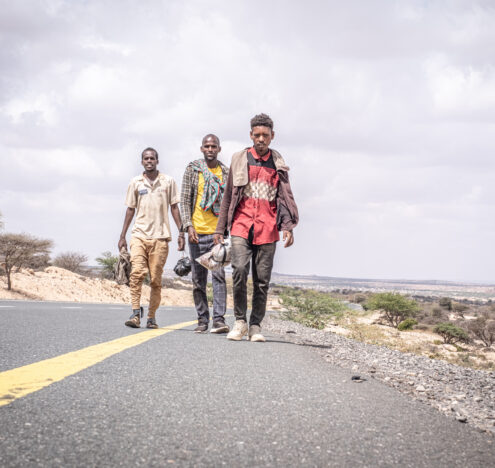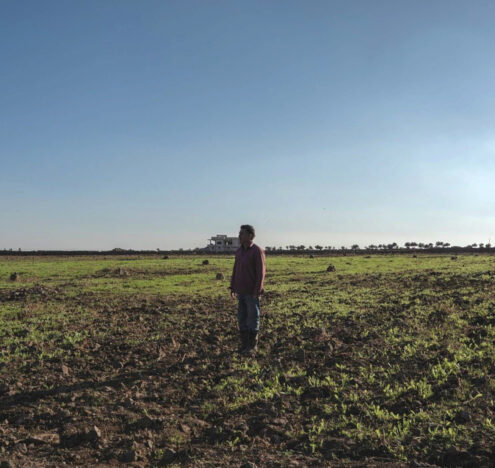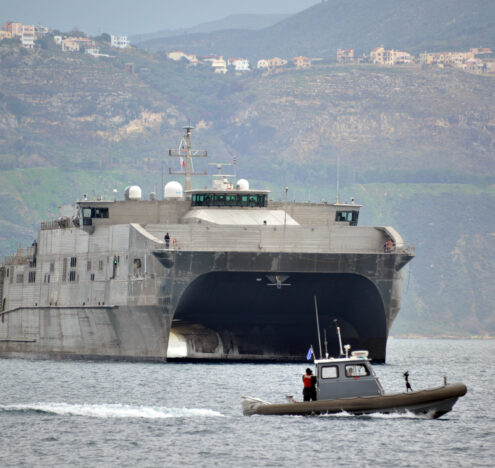As Port-au-Prince, Haiti’s capital, buckles under the weight of gang control and state failure, the country’s center has collapsed, cutting off the North and South from each other and forcing them to operate as isolated blocs. From Ouanaminthe to Les Cayes, local actors are stepping into the vacuum left by an absent government, reshaping Haiti’s political map.

According to the United Nations, more than 90% of Port-au-Prince has fallen under the control of armed groups. The Transitional Presidential Council, established in April 2024, has been plagued with corruption charges. And the Multinational Security Support, an international mission led by Kenya, has faced funding and personnel shortfalls — less than 1,000 of 2,500 promised soldiers have been deployed.
In the face of the violence, over 1.3 million people have been displaced across Haiti, 11% of the population. The North and South stand now disconnected — last refuges for those escaping the violence.
The Central Plateau, like most of Haiti outside the capital, is home to idyllic rural scenes of people washing motorcycles next to laundry in the Fer à Cheval and Artibonite rivers. Donkeys and horses trace the green mountains beyond mountains. The landscape is full of rolling rice fields, as well as banana, mango, and avocado trees.
But in March, the violence that has seized the capital spread its tentacles into this quiet region. Armed attacks in Mirebalais, 35 miles north of the capital, led to the closure of the Partners in Health hospital — a major blow to the region’s health infrastructure. The attacks also caused thousands to flee an otherwise peaceful region and disrupted supply chains, including the distribution of 60 tons of food aid, according to the World Food Program. More than half of the country is currently food insecure.
Many have fled north to Hinche, en route to Cap-Haïtien and the border town of Ouanminthe. The Centre department is now home to nearly 150,000 IDPS and 85 IDP sites, according to the International Organization of Migration (IOM).

As Haitians flee Port-au-Prince and now the Centre department and Artibonite region, armed groups are continuing to expand their control, which could have major political ramifications. “If they control the West, Artibonite and Centre departments, they pretty much control the elections,” said Rosy Auguste Ducéna, the Program Manager for the National Network for the Defense of Human Rights.
“Now we have essentially three states,” said Auguste, highlighting those in the Northwest of Haiti facing starvation while food aid goes to waste in the South, “because nothing can circulate.”
In the North, displacement is compounded by a deportation crisis from the neighboring Dominican Republic. The Dominican Republic has deported more than 80,000 Haitians since the beginning of the year to Belladere, an area in the Centre department, where they are stuck between the border town and the violence of armed groups, with nowhere else to go.
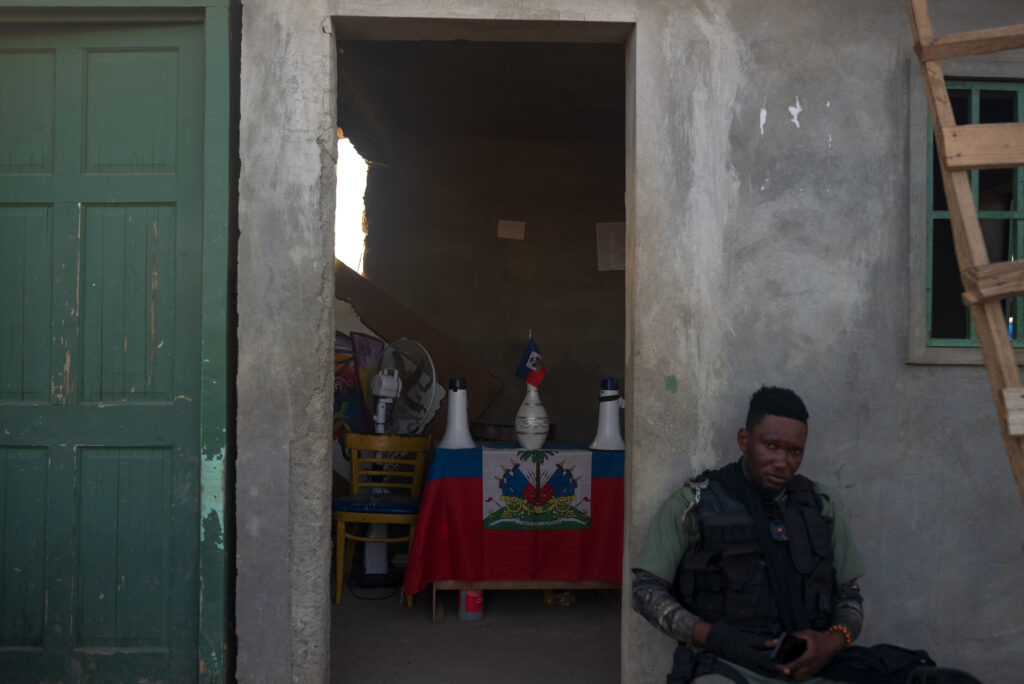
“You’re stuck…and they keep deporting through Belladere,” said Antoine Lemonnier, an IOM communications officer.
Jacques Pierre Cherenfant, a coordinator at the Refugee and Returnee Advocacy Group, said he documents more than 200 Haitians deported every day in his base in Ouanaminthe. “Deaf people, babies, pregnant women, sick women, women who have just had C-sections, people they found on hospital beds…they don’t hesitate to immediately send them straight to Haiti,” Cherenfant said. “When you look into the eyes of those returning…” His voice trailed off.

Marie-Julie Boursiquot is one of the recent arrivals. The 43-year-old former florist used to live in Petionville, Port-au-Prince. In 2023, facing the mounting insecurity, she fled to the Dominican Republic. After only two months in the country, she was violently deported.

She said that five Dominican soldiers knocked down their door at two in the morning, beating her husband and three sons, and threw her in the truck in nothing but her underwear. Now in Ouanaminthe, and temporarily living in an NGO office while searching for something more stable, she said she hopes that she can find “some peace of mind.”
Those who flee to the South or North of the country are either staying in makeshift camps on school grounds or churches, or staying with friends and family. “I’ve seen mostly people really back with their family and you know, finding alternate places to live,” said Skyler Badendoch, CEO for Hope for Haiti, an American NGO that has been based in southern Haiti since 1989. “Which leads to overcrowding and causes big public health problems.”
Like in the North, Southern towns like Les Cayes are “becoming a hub,” according to Linda Thelemaque, Chief Programs Officer at Hope for Haiti. Traffic and activity increase as more people leave Port-au-Prince.
Jinel Ulysse, 32, fled Port-au-Prince in 2022. He had worked at Hotel Oasis in the wealthy suburb of Petionville as a front desk receptionist. His home at the time was in Torcelle, a lower-class neighborhood which had fallen under the control of the major gang Kraze Baryè. When violence would flare up, he slept over at work.
One day in 2021, after attempting to head home from a shift to change his clothes, he was warned by phone calls and the Haitian National Police not to return because it wasn’t safe. For forty minutes, he waited at a restaurant on a street on the outskirts of the neighborhood. His mother and his two younger brothers were at home, one of whom was supposed to take their 9th-grade exams. He called again, and this time a gang member answered and demanded more than $200,000 if he wanted his house back and family safe. They took everything, including his car and his brother’s motorcycle.

It took Ulysse 15 days to find a temporary house where he and his mother could stay. But when she suffered a stroke from the stress, and gunfire and gangs were still an existential threat to the neighborhood, he decided it was time to leave.
He moved the family south to Les Cayes, where he had been raised. He has been working as a community relations manager for a local organization. He said the influx of out-of-towners is tough on the community. “They aren’t sure if people who have fled are those who were fleeing the insecurity, or those who were involved in [it],” he said.
The deterioration of the security situation has led to local strongmen gaining popularity across the country, which experts say can have worrisome long-term impacts on stability. Auguste says the fragmentation of the country has eroded public trust in the state, leaving people more vulnerable to local strongmen who claim to offer security — even if it comes at the cost of human rights.
“They present themselves as these anti-establishment figures,” said Diego Da Rin, a Haiti Analyst at International Crisis Group.
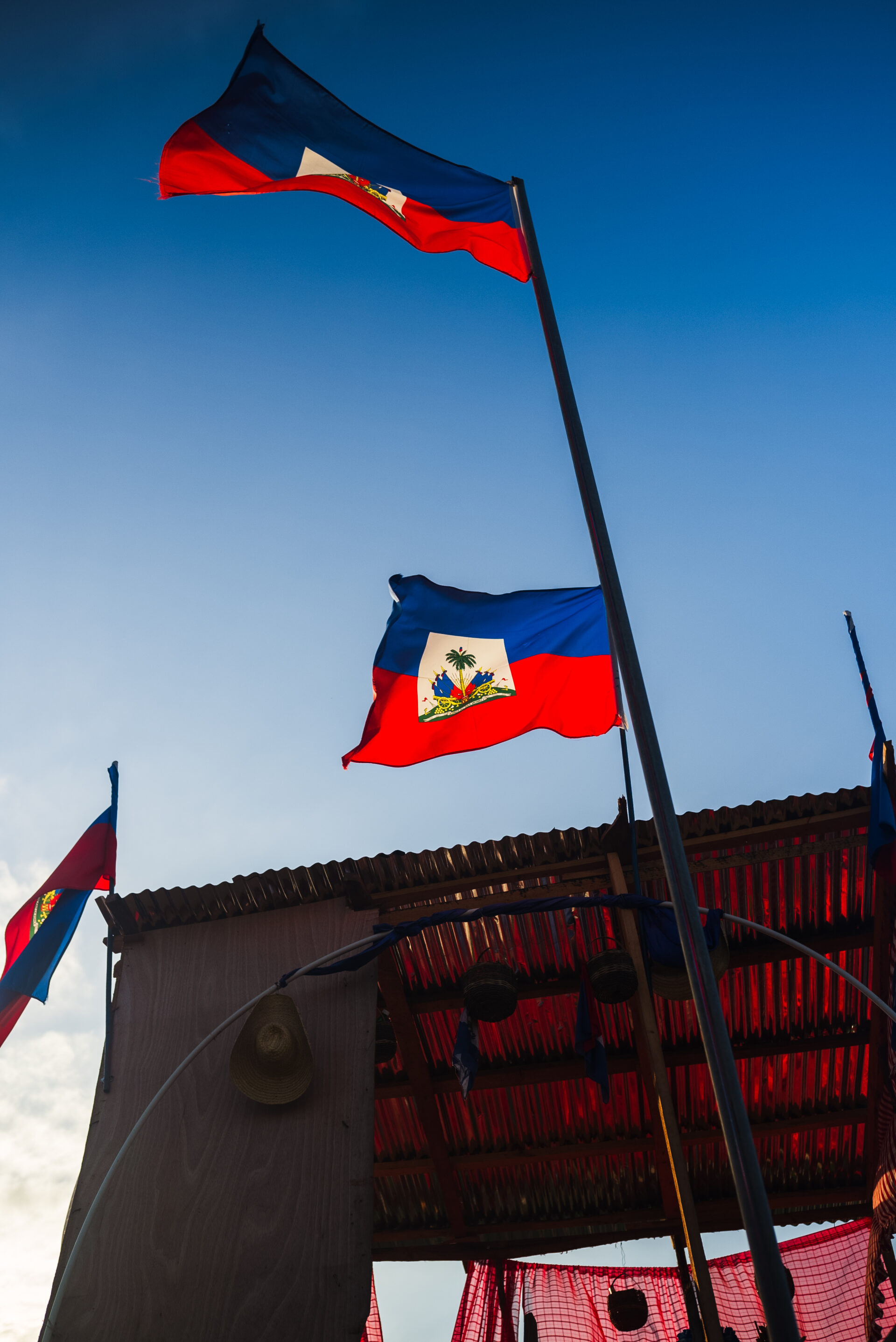
Louis-Henri Mars, Executive Director of Lakou Lape, a Haitian peacebuilding organization focused on rehabilitation and dialogue in gang-controlled areas, says the rise of local strongmen is “spreading as communities try to prevent the rot from taking hold” in their own backyards.
Guy Philippe is a convicted drug trafficker, money launderer, and former police commander who led the 2004 coup against former president Jean-Bertrand Aristide. He served six years of a nine-year sentence in the United States and was released from prison early and sent back to Haiti in 2023. Philippe is reported to have left the capital for his hometown of Pestel in the Grand’Anse southern region of the country. He now heads a new political platform called The Revolutionary Force of National Accord.
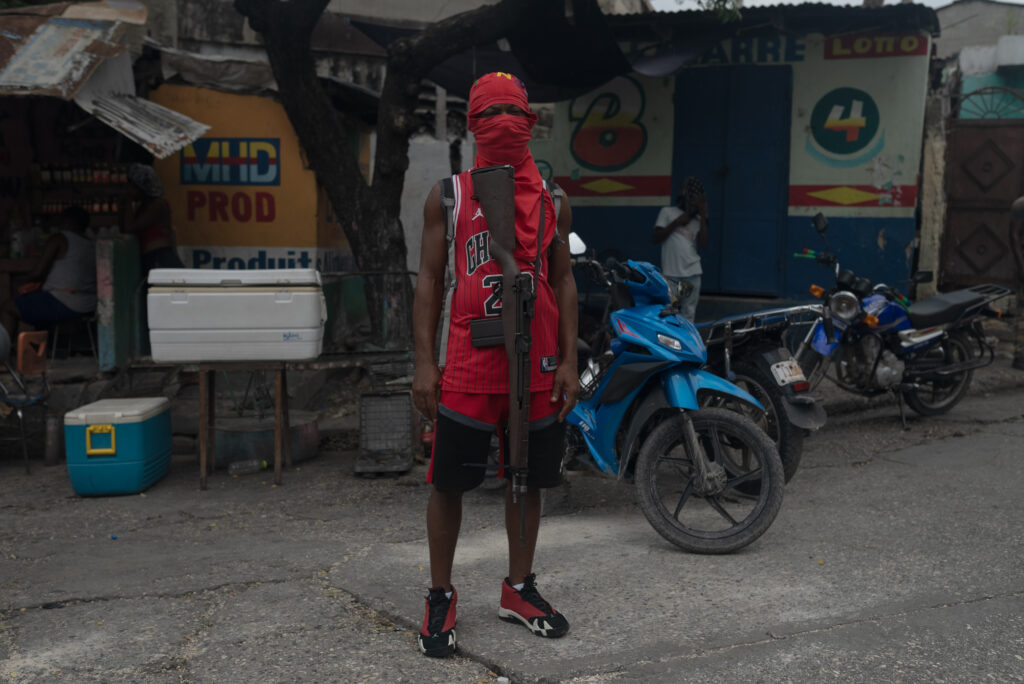
Another figure on the rise in the South is Jean Ernest Muscadin, the police commissioner of Miragoâne in the Nippes southern region of the country. Muscadin has gained recognition for his extrajudicial killings of suspected gang members. Some, like the human rights activist Auguste, raise alarm at the practice. “[He] is supposed to go to the courts to ask for condemnations against massacres and attacks,” Auguste says. But many attribute his use of force as the reason why the south has so far been safe from the armed groups’ expansion.
“The way in which they brought [Guy Phillippe] back from the US prison to Haiti, I don’t trust him,” said Ulysse. “But Muscadin is another thing…they say if it wasn’t for him it would be really bad.”
The trends could have long-term effects. On a community visit in the southern mountains one weekend afternoon, Badendoch asked a child who he wanted to be when he grew up. “Muscadin,” he said.
Hey there!
You made it to the bottom of the page! That means you must like what we do. In that case, can we ask for your help? Inkstick is changing the face of foreign policy, but we can’t do it without you. If our content is something that you’ve come to rely on, please make a tax-deductible donation today. Even $5 or $10 a month makes a huge difference. Together, we can tell the stories that need to be told.



